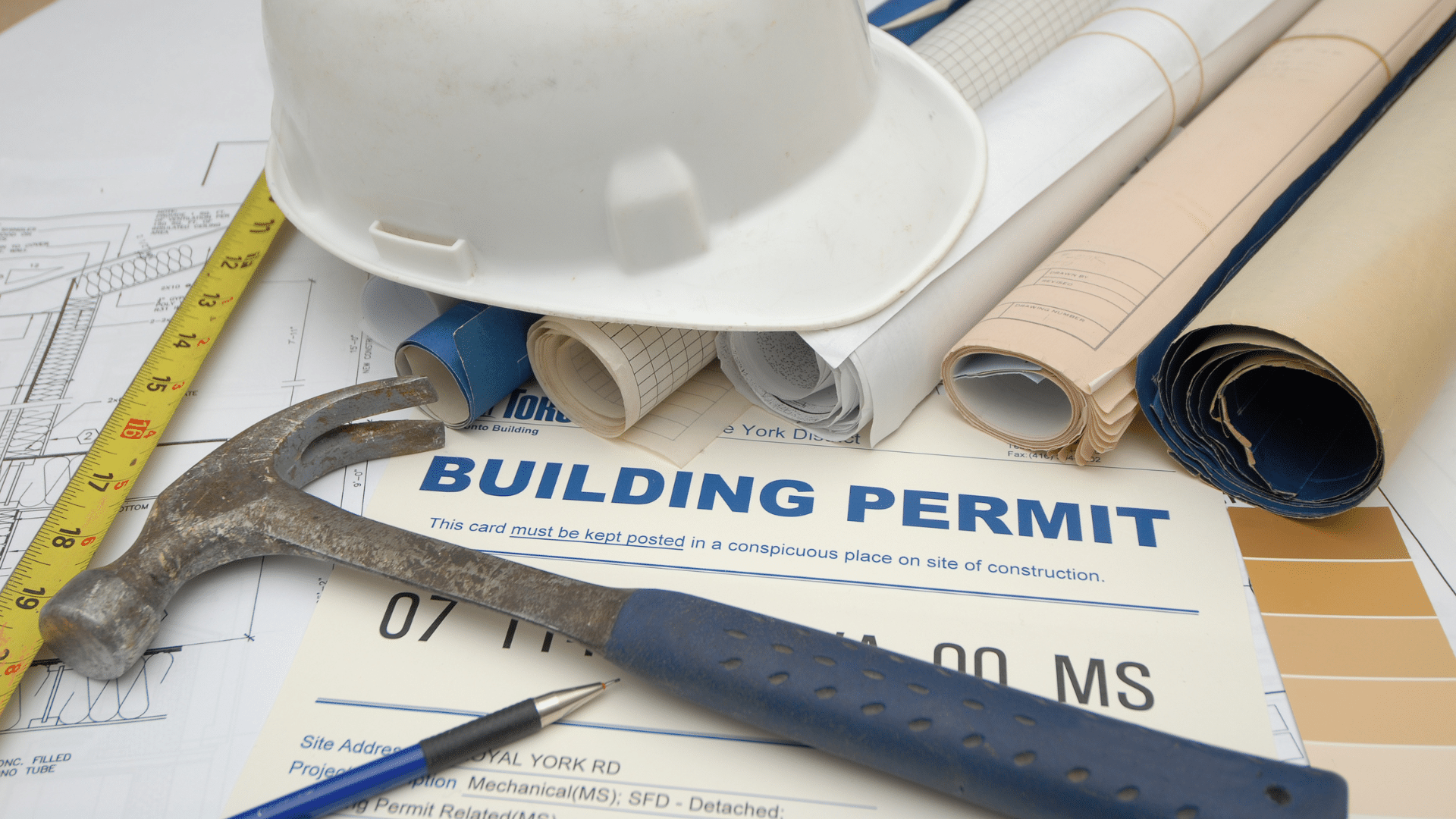
FILE / STOCK
Approved building permit applications declined further, primarily due to rising construction costs, the Philippine Statistics Authority (PSA) said on Thursday.
Preliminary data from the PSA showed building projects covered by the permits fell by 9 percent year-on-year to 13,170 in June, higher compared to the 5 percent shortfall last year.
This was equivalent to 2.66 million square meters (sq.m.) of floor area valued at P34.16 billion. Floor area and value totals grew by 7 percent and 4.4 percent from last year’s 24.1 percent and 11.4 percent contraction, respectively.
READ: More buildings, houses rising amid subdued construction costs
Rizal Commercial Banking Corp. chief Economist Michael Ricafort attributed the contraction partly due to high interest rates which led to more expensive costs of construction, weighing on the demand for building projects.
“Higher US Fed and global interest rates since 2022 in an effort to slow down inflation also slowed down global investments, trade, and other economic activities that also slowed down construction projects and permits,” Ricafort said.
“Higher property prices in recent years could have also weighed on construction permits since higher land and other property prices tend to reduce demand for residential and nonresidential properties, on top of higher construction costs,” he added.
The Monetary Board on Aug. 15 reduced its policy rate by 25 basis points to 6.25 percent, the first time in almost four years amid an improving inflation and economic outlook.
Bulk of the total permits which came from residential buildings dropped by 7.5 percent to 8,933 from last year’s 9,655 constructions. These projects were valued at P17.05 billion with a floor area of 1.26 million sq.m.
The average cost of construction in June was P11,684.94 per sq.m, about 3.6 percent cheaper compared to the P12,126.60 per sq.m last year. Of this, residential building was the most expensive, recording an average cost of P13,533.86 per sq.m. This was followed by nonresidential with P10,363.16 and addition to existing construction with P10,173.49 per sq.m.
The Calabarzon region – composed of the provinces of Cavite, Laguna, Batangas, Rizal, and Quezon – accounted for 21.3 percent of all approved building permits in June with 2,811, followed by Central Luzon with 16.7 percent (2,202) and central Visayas with 12.4 percent (1,638).
By value, construction projects in Calabarzon amounted to P5.69 billion, leading among the other regions.
“For the coming months, the series of anticipated rate cuts in could help reduce borrowing costs or both property developers and buyers of property, thereby could support some pick up in building permits data, as would also be supported by favorable demographics and the housing backlog of more than 6 million units in recent years,” Ricafort said.
The Bangko Sentral ng Pilipinas earlier hinted possible rate cuts might be considered at either the Oct. 17 or Dec. 19 meeting of the Monetary Board.